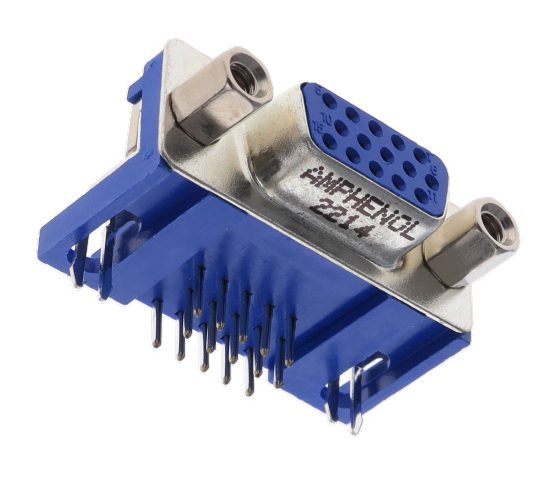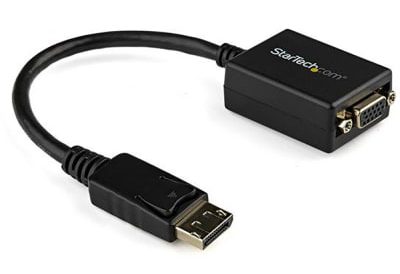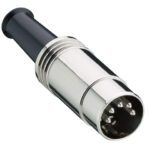What is a VGA Connector?
What is a VGA Connector?
Meet the Connector: VGA Connectors
A VGA (Video Graphics Array) connector is a standard interface used to connect a desktop computer, medical monitor, signage display, projector screen, or other video-generating device to a monitor or display screen. The VGA interface is now considered a legacy connector. It was introduced by IBM in 1987 and became a widely adopted standard for displaying video from computers. With the advent of digital video standards such as DVI (Digital Visual Interface) and HDMI (High Definition Multimedia Interface), VGA connectors have become less common in modern devices, but they are still used in some legacy systems or in specialized applications where analog video signals are necessary.
VGA connectors typically have three rows of 15 pins each, totaling 15 pins for analog video transmission. They carry analog video signals and do not transmit audio. VGA connectors are often blue in color and are commonly found on older computers, monitors, projectors, and some televisions. They are closely related to the D-Sub connector.
Design Notes
- Standardization: VGA connectors are a de facto standard and are not governed by an official standards body.
- Impedance:75 ohms
- Frequency Range:The frequency range depends on the specific video mode being used, which determines factors such as resolution, refresh rate, and color depth. VGA signals are analog, consisting of separate signals for red, green, and blue (RGB) components, along with horizontal and vertical synchronization signals.
- Video modes: VGA supports a wide range of video modes, including various resolutions and refresh rates. Common VGA video modes include resolutions such as 640×480 (VGA), 800×600 (SVGA), 1024×768 (XGA), and others. The refresh rates can vary from 60 Hz to 75 Hz or higher, depending on the resolution and the capabilities of the connected devices.
- Frequency range of a VGA connection is primarily determined by the bandwidth of the analog signal it carries.
- Dielectric Withstanding Voltage:Dependent on cable selection
- RF Leakage:In VGA cables, RF leakage can lead to electromagnetic interference (EMI) issues, causing signal degradation or disruption in nearby electronic devices or systems. This interference can manifest as visual artifacts or distortions on the display, especially in environments with high levels of electromagnetic noise, such as busy medical settings or broadcast environments. To minimize RF leakage and prevent EMI problems, VGA cables and connectors should be properly shielded and designed to contain the RF signals within the cable.
- Temperature Range:0° C to 50° C (32° F to 122° F)
- Mating Style: I/O, Push-on or Snap-on
- Dimensions: VGA connectors come in various sizes, but the most common size is the standard DE-15 (D-subminiature, size E, 15-pin) connector. This connector typically measures around 1.8 cm (0.7 inches) in width and 1.3 cm (0.5 inches) in height.
Markets, Sectors, and Applications
- Medical
- Consumer
- Datacom/Telecom
- Industrial
Suppliers
VGA connectors are mainly a legacy product, and new ones are typically available in the form of an adaptor or jumper terminating in a more recent video interface.
- Amphenol Communications Solutions, (also available from TTI Inc.)
- Molex (available from Avnet)
- Mouser Electronics
- RS
- L-com
Related products:
- D-Sub
- HDMI connectors
- DisplayPort
- DVI
Like this article? Check out our other Meet the Connector and I/O Connectors articles, our Medical Market Page, and our 2024 Article Archives.
Subscribe to our weekly e-newsletters, follow us on LinkedIn, Twitter, and Facebook, and check out our eBook archives for more applicable, expert-informed connectivity content.
- News From Hannover Messe 2024 - April 30, 2024
- Where in the World is Amphenol LTW’s Luc Kan? - April 23, 2024
- TE Connectivity’s Sustainability Efforts Pay Off - April 23, 2024







